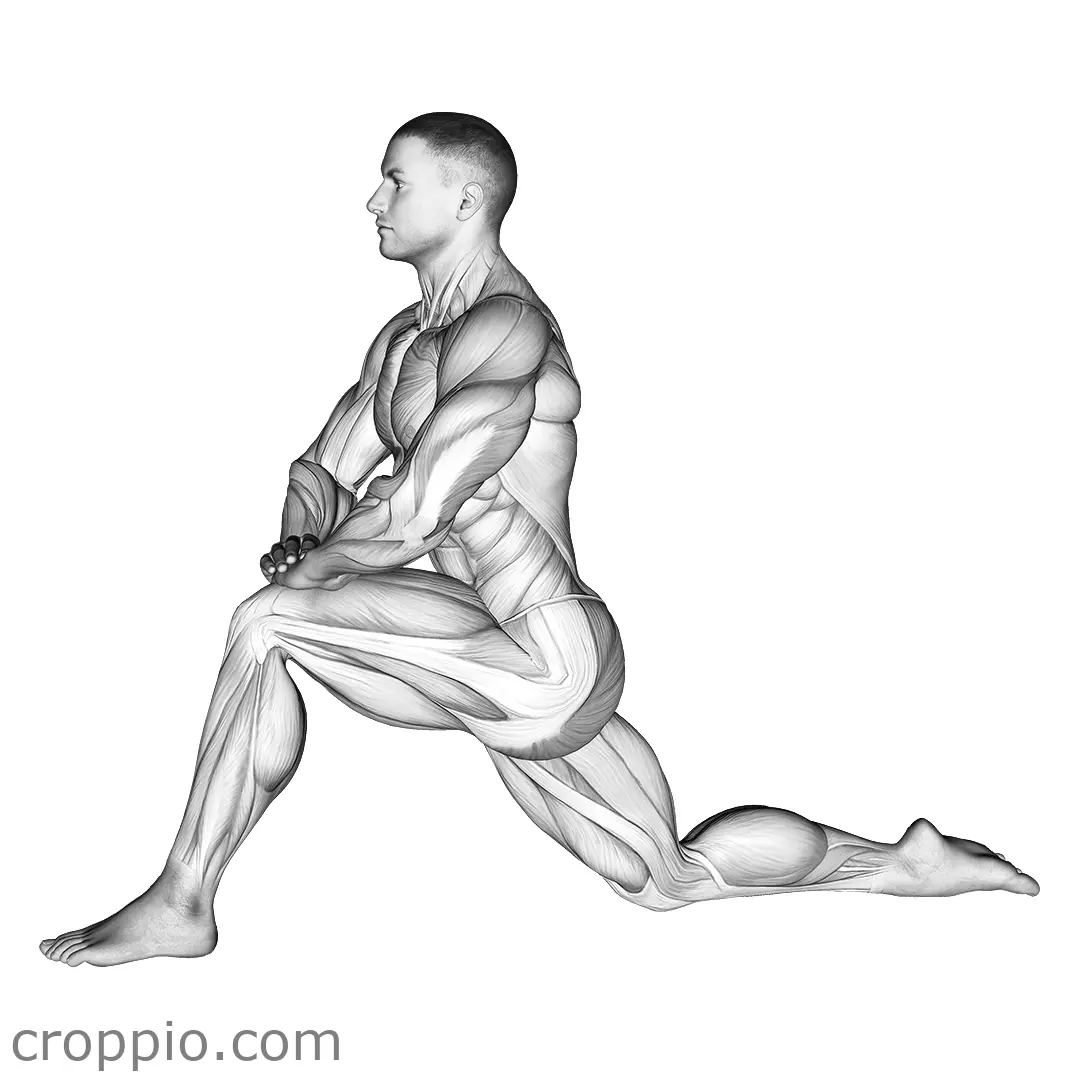Body Weight Glute Ham Raise

Body Weight Glute Ham Raise Overview
The Body Weight Glute Ham Raise is a powerful exercise designed to target the posterior chain, specifically the glutes and hamstrings. This movement emphasizes developing strength, stability, and muscle coordination, making it an essential addition to any lower-body workout routine.
Muscles Involved
This exercise primarily activates several key muscle groups, including:
- Gluteus maximus
- Hamstrings (semimembranosus, semitendinosus, biceps femoris)
- Erector spinae
- Calves (soleus and gastrocnemius)
- Core muscles (rectus abdominis, obliques)
Top Mistakes
To maximize the effectiveness of the Body Weight Glute Ham Raise, it’s crucial to avoid common pitfalls, such as:
- Rounding the back: Maintain a neutral spine throughout the movement to prevent injury.
- Allowing the legs to drop: Control the descent and avoid letting your feet touch the ground prematurely.
- Not fully engaging the glutes: Focus on squeezing your glutes at the top position for optimal contraction.
- Failure to maintain a steady tempo: Avoid rushing through the movement; control is key.
Execution Tips
To perform the Body Weight Glute Ham Raise correctly, follow these guidelines:
- Start by kneeling on a soft surface and securing your feet under a stable object (such as a bench or partner's legs).
- Keep your torso upright and core engaged throughout the movement.
- Lower your body slowly, maintaining a straight line from your knees to your head.
- When you reach the bottom, engage your hamstrings and glutes to pull yourself back up to the starting position.
- Perform 3-4 sets of 8-12 repetitions for maximum effectiveness.
Workouts Incorporating the Glute Ham Raise
Integrate the Body Weight Glute Ham Raise into various workouts, such as:
- Lower body strength training routines
- Posterior chain emphasis workouts
- Functional training sessions focusing on muscle coordination
- Bodyweight-specific workout programs
Conclusion
The Body Weight Glute Ham Raise is a highly effective exercise for building strength and muscle in the posterior chain. By focusing on proper execution, avoiding common mistakes, and incorporating it into a well-rounded fitness program, you can enhance your overall athletic performance and lower body aesthetics. Remember, consistency is key to seeing progress and reaping the benefits of this powerful movement.



